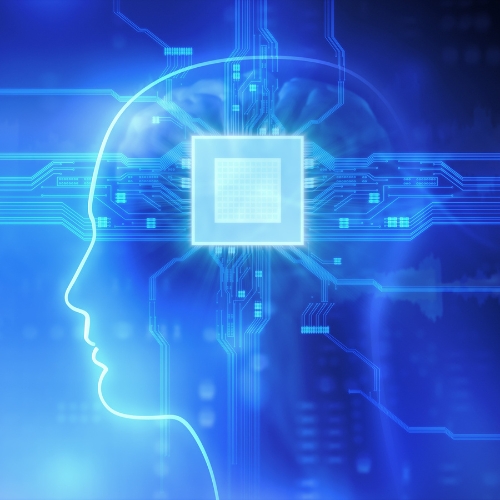Key points from article :
A new brain interface allows blind and sighted participants to “see” the shapes of letters.
A camera captures visual information that is then transmitted to electrodes implanted in the brain.
Sends complex sequences of electrical pulses to the brain through those electrodes.
Participants were able to 'see' the outlines of letters and correctly identify different letters.
Needs to build electrode arrays with numerous electrodes to allow more precise stimulation.
Plans to develop a visual aid that detects the form of a person or allow more independent navigation.
Research by Baylor College of Medicine in Houston published in the journal Cell.






